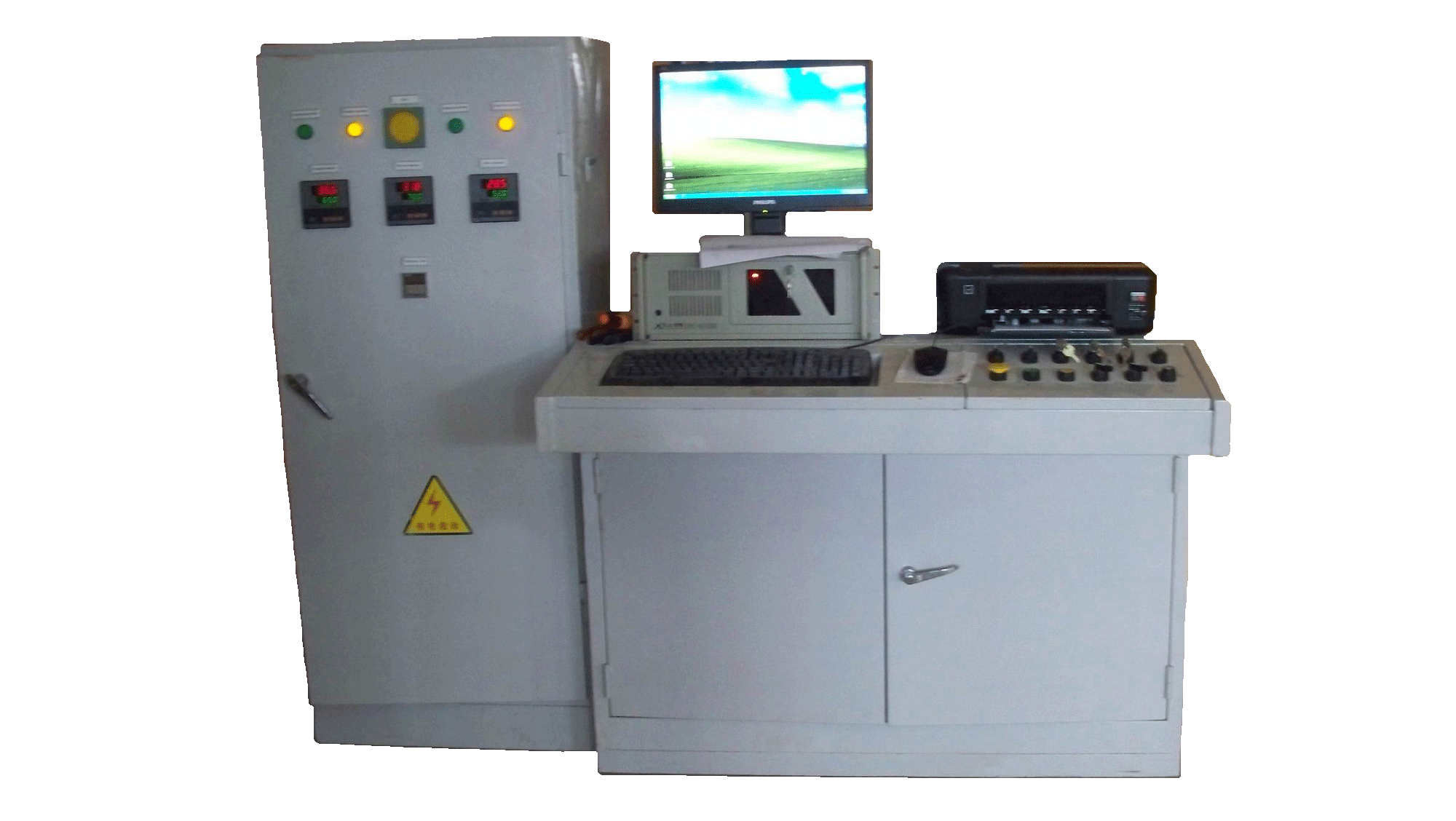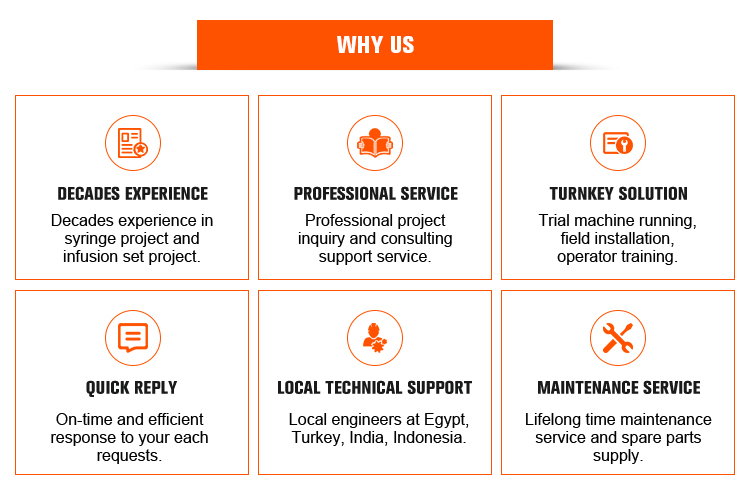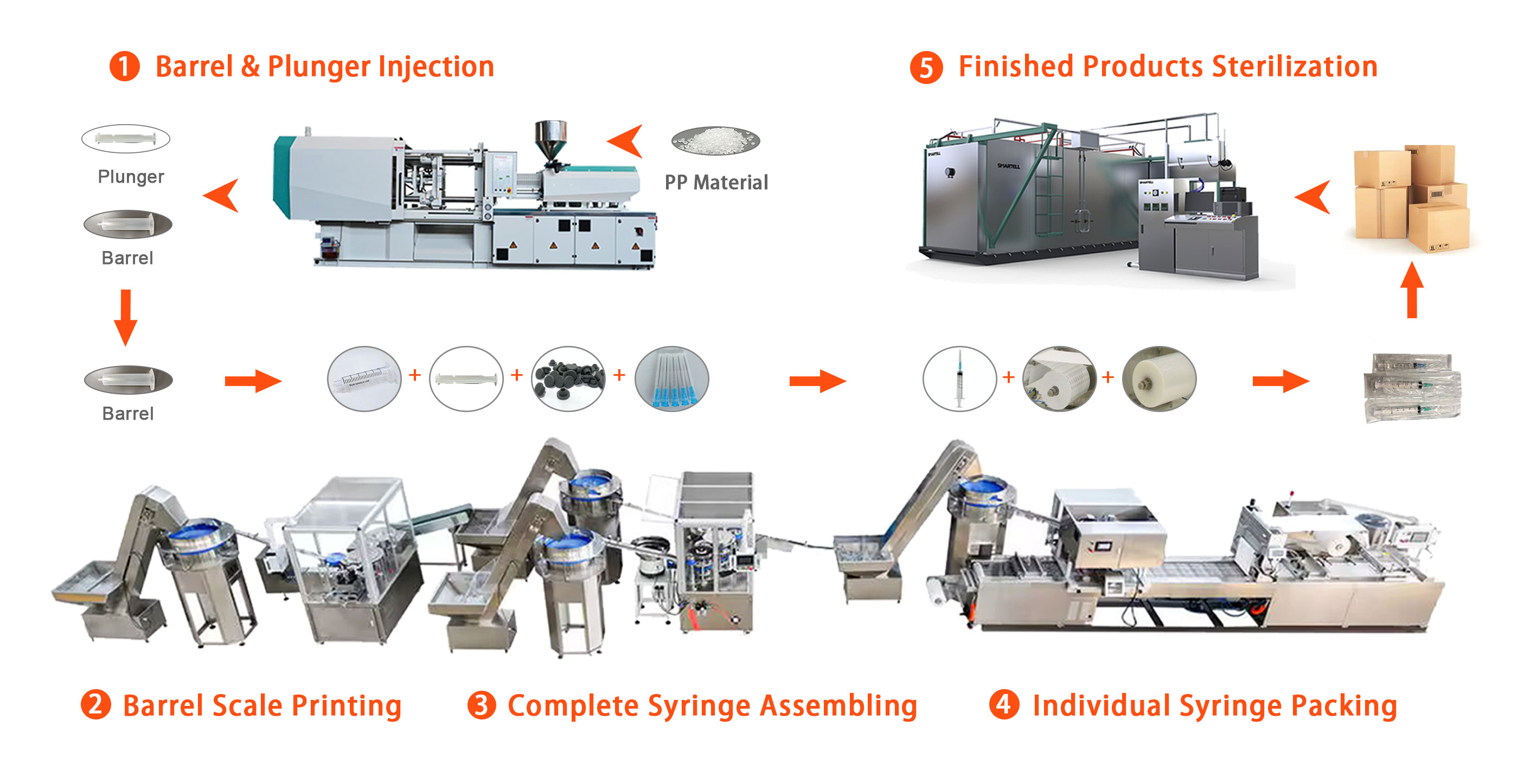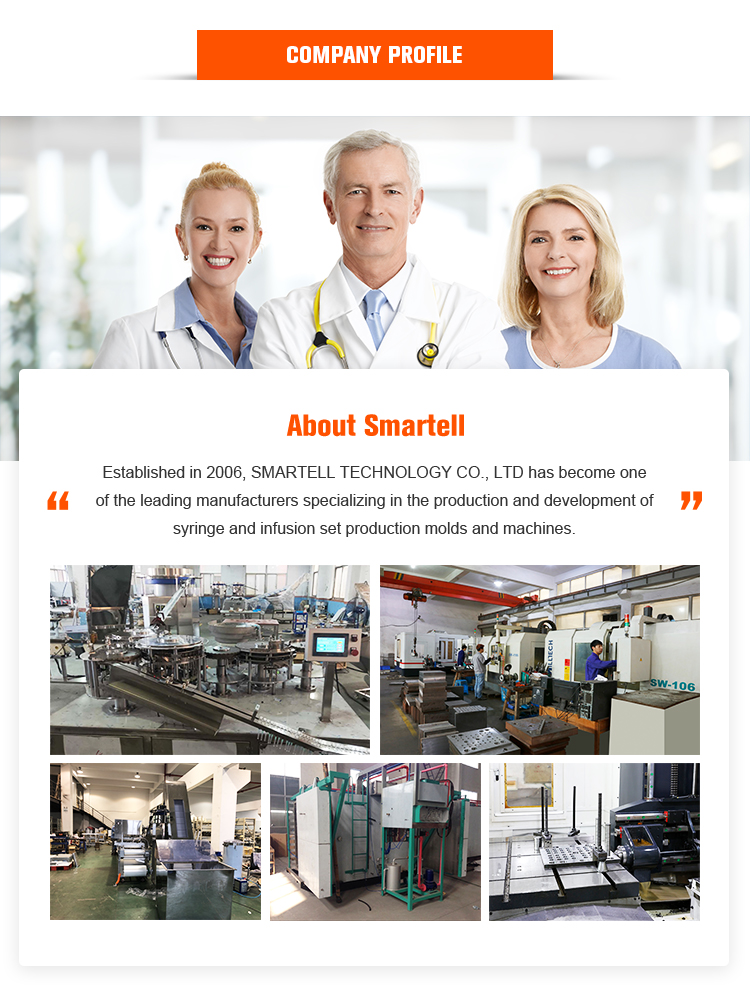| Availability: | |
|---|---|
| Quantity: | |
SMT-5025
Smartell
(Stainless steel coating sterilizer cabinet)

| Structure | combined | Time control | 1min~99h |
| Specification | 1m3~35m3 | Power Supply | 380v/50HZ |
| Temperature control | 0~100°C | Power | 3~5Kw |
| Maximum error of the temperature control | <±3°C | Electric Power | 6~55Kw |
| Working pressure | -0.09~0.08Mpa | Working environment | Temperature5~40°C Humidity<80%RH |
| Working humidity | 30%~60% RH |
All parameters and dimensions are subject to change without prior notice.






(Stainless steel coating sterilizer cabinet)

| Structure | combined | Time control | 1min~99h |
| Specification | 1m3~35m3 | Power Supply | 380v/50HZ |
| Temperature control | 0~100°C | Power | 3~5Kw |
| Maximum error of the temperature control | <±3°C | Electric Power | 6~55Kw |
| Working pressure | -0.09~0.08Mpa | Working environment | Temperature5~40°C Humidity<80%RH |
| Working humidity | 30%~60% RH |
All parameters and dimensions are subject to change without prior notice.







ETO sterilization is essential for the production of many critical medical products, especially those made from materials that cannot withstand heat or moisture. Here are the key applications of ETO sterilization machines:
Syringes are one of the most commonly sterilized medical devices, as they are widely used in medical treatments, vaccinations, and blood collection. ETO sterilization for syringes is ideal because syringes are often made from plastic materials that could melt or degrade under high temperatures.
Process: Syringes are placed in the sterilization cabinet, where they are exposed to ethylene oxide gas under controlled conditions of temperature, pressure, and humidity. The gas penetrates the plastic and rubber components of the syringe, effectively eliminating pathogens while ensuring the integrity of the syringe.
Benefits: ETO sterilization ensures that the syringe remains functional, sterile, and safe for use in medical procedures, without any risk of heat-related damage.
Infusion sets, used for intravenous (IV) treatments, are delicate and often consist of various components such as tubing, connectors, and filters. ETO sterilization is an excellent option for sterilizing infusion sets, as these sets are typically made from heat-sensitive materials like PVC and rubber.
Process: Infusion sets are placed inside the sterilizer, where they undergo a vacuum cycle followed by ethylene oxide gas exposure. This ensures that the gas can penetrate all parts of the infusion set, including the tubing and connectors, sterilizing even hard-to-reach areas.
Benefits: ETO sterilization preserves the integrity of the delicate components of the infusion set while ensuring it is free of microorganisms. This is crucial for preventing infections in patients receiving IV treatments.
EO gas sterilization is used for a wide range of other medical devices, including surgical instruments, implants, and diagnostic tools. The ability of ethylene oxide gas to penetrate various materials, including plastics, rubber, and metal, makes it ideal for sterilizing these products.
Process: The medical devices are placed in the sterilization chamber, and the ethylene oxide gas is introduced. The gas is able to penetrate packaging materials like foil or plastic, sterilizing the product without the need for heat or moisture. After the sterilization process is complete, the residual gas is removed through a treatment system.
Benefits: This method is highly effective for sterilizing complex medical devices with intricate designs and multiple components, ensuring that all areas of the device are thoroughly disinfected without compromising functionality.


ETO sterilization is essential for the production of many critical medical products, especially those made from materials that cannot withstand heat or moisture. Here are the key applications of ETO sterilization machines:
Syringes are one of the most commonly sterilized medical devices, as they are widely used in medical treatments, vaccinations, and blood collection. ETO sterilization for syringes is ideal because syringes are often made from plastic materials that could melt or degrade under high temperatures.
Process: Syringes are placed in the sterilization cabinet, where they are exposed to ethylene oxide gas under controlled conditions of temperature, pressure, and humidity. The gas penetrates the plastic and rubber components of the syringe, effectively eliminating pathogens while ensuring the integrity of the syringe.
Benefits: ETO sterilization ensures that the syringe remains functional, sterile, and safe for use in medical procedures, without any risk of heat-related damage.
Infusion sets, used for intravenous (IV) treatments, are delicate and often consist of various components such as tubing, connectors, and filters. ETO sterilization is an excellent option for sterilizing infusion sets, as these sets are typically made from heat-sensitive materials like PVC and rubber.
Process: Infusion sets are placed inside the sterilizer, where they undergo a vacuum cycle followed by ethylene oxide gas exposure. This ensures that the gas can penetrate all parts of the infusion set, including the tubing and connectors, sterilizing even hard-to-reach areas.
Benefits: ETO sterilization preserves the integrity of the delicate components of the infusion set while ensuring it is free of microorganisms. This is crucial for preventing infections in patients receiving IV treatments.
EO gas sterilization is used for a wide range of other medical devices, including surgical instruments, implants, and diagnostic tools. The ability of ethylene oxide gas to penetrate various materials, including plastics, rubber, and metal, makes it ideal for sterilizing these products.
Process: The medical devices are placed in the sterilization chamber, and the ethylene oxide gas is introduced. The gas is able to penetrate packaging materials like foil or plastic, sterilizing the product without the need for heat or moisture. After the sterilization process is complete, the residual gas is removed through a treatment system.
Benefits: This method is highly effective for sterilizing complex medical devices with intricate designs and multiple components, ensuring that all areas of the device are thoroughly disinfected without compromising functionality.








